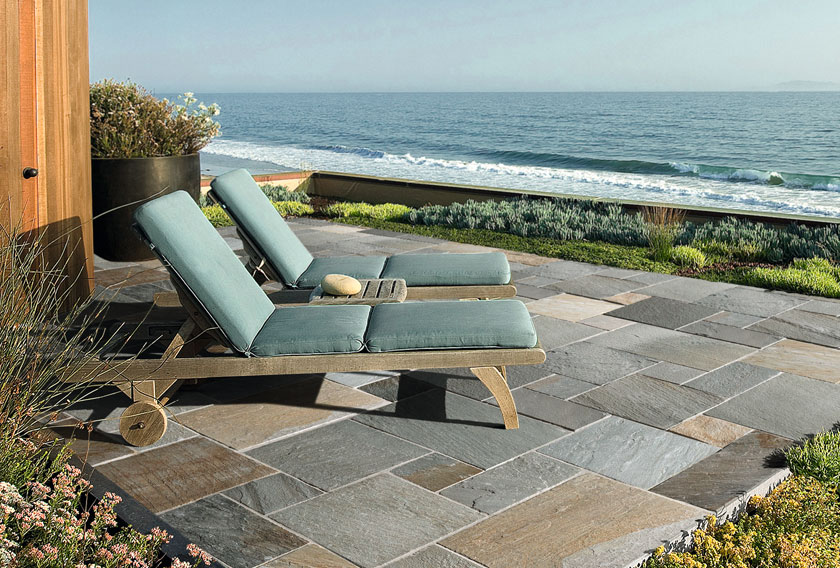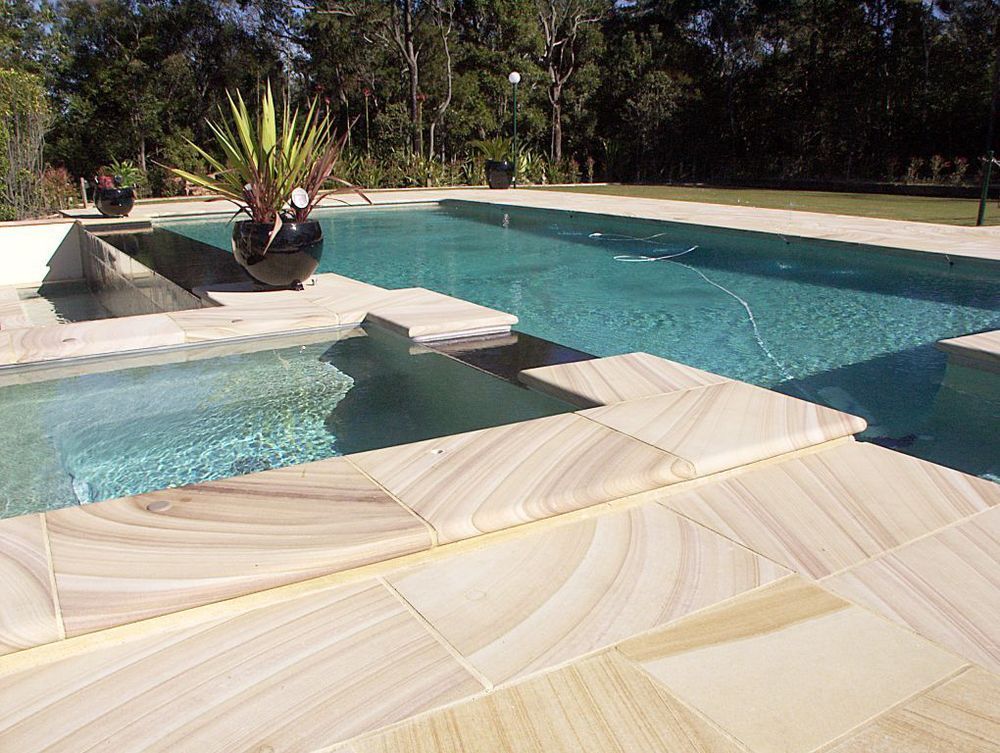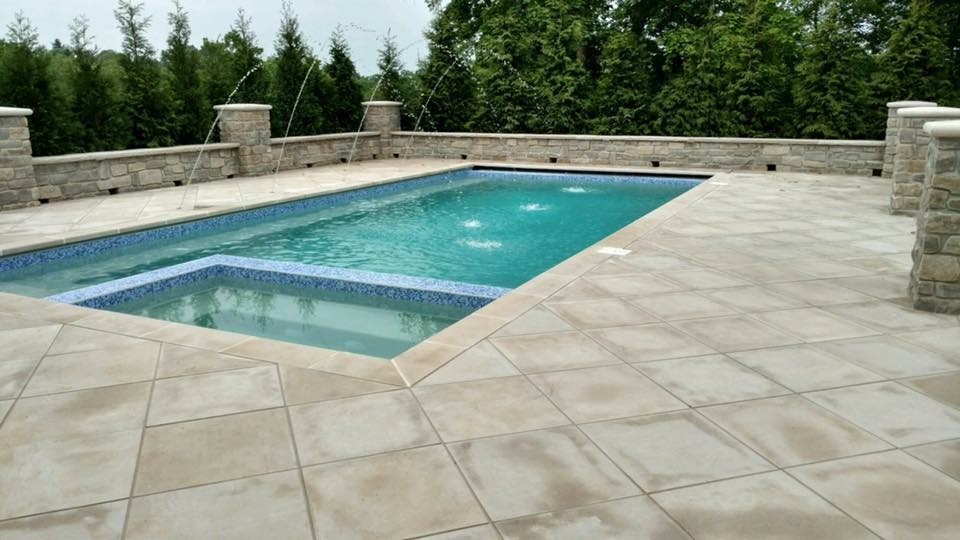
5 Types of Natural Stones for Swimming Pool Flooring in 2024
Swimming pools have been in use for quite some time now as they date back to 5000 years ago. The first swimming pool was recorded in Greece called the great bath. Initially, pools were made for war activities. It is only in the sixth century that human beings started using pools for luxury living. Pools have evolved from the time of introducing heated pools during the beginning of the Roman empire. Swimming has numerous benefits and today the pools are great avenues for keeping fit and relaxing.
The details that come with constructing one are many. Natural stones have been in use for a while now, and their demand has even gone higher. Using natural stones around the pool is more beneficial compared to using other materials. The materials used for paving need to possess some characteristics. Ensure that the floor is safe and not slippery. They should also be able to retain a certain amount of heat to keep the surrounding warm.
There are different types of natural stones, and everyone has specific preferences when choosing a flooring material for your swimming pool. From the list below, and sites like Saturnia Travertini, choosing your flooring material will not be as difficult as you initially thought.
1. Granite Floor Tile

Granite rock is made up of quartz and feldspar rock. It feels rough and light-colored.
Granite material is considered to be the most rigid and durable material to use for your pool. Granite offers a diversity of colors. The stones have been in use for centuries now.
Using granite also depicts some level of class. Countryside home pools prefer this to any other stone as they give a more calm and traditional feel. The stones have different patterns and textures and are quite affordable.
2. Sandstone Flooring Tile

Sandstone is made from tiny particles of components such as clast and minerals from rocks. It is medium in size, making sandstone a clastic sedimentary rock. There are three sandstone types influenced by their component structure, such as arkosic sandstone, made up of 90% granite, quartzose, and sandstone. On the other hand, it constitutes mostly beach sand and finally argillaceous sandstone known for its clay and silt materials.
Sandstone is relatively easy to handle as the material is not delicate. It holds its structure well; therefore, it does not wear off quickly. Every time it erodes, it is like turning a new page and looks newer than before. Sandstone is also known for its porous nature and, therefore, does not hold water. This stone has explicitly to be adequately covered before installing it on your deck.
3. Limestone Tiles

These tiles create a silky look. The material is not easily affected by unfavorable weather. Limestone has four colors available that are brown, yellow, black, and blue.
This rock is half the weight and is made up of calcium carbonate. It usually forms in amphibian conditions by collecting shattered shells, coral, and waste matter from marine creatures.
Limestone types include chalk, which is soft and is mainly made up of calcite. The components that make up chalk limestone comes from an organism called foraminifera, coquina limestone constructed by the sea waves. The structure is relatively weak as opposed to other types. Tufa limestone is mainly made up of precipitation from biological and chemical factors. Travertin, on the other hand, is more compact, formed along rivers, waterfalls, and springs. Always pay attention to the constructors which are doing the job. If you’re looking for reliable ones check floridianinc.com.
4. Slate Floor Tile

This stone has more weight to it and has been a go-to product in the construction industry for some time now, and with time it became known for its extensive characteristics. Slate has refined grains that originate from shale residues that occur due to metamorphism. This stone undergoes foliation brought about by compressional forces, which leads to the development of clay flakes. Slate is usually produced in a thin sheet that is easy to install, light, and durable.
5. Gneiss

This stone is known for the contrast it brings around pools. It is characterized by stripes patterns that can be easily manipulated when heated. It has shades of beige and grey coupled with other tones. The material is mainly mined in France. It is not as popular as the other stones; therefore, if you are going for a more exotic feel, this stone fits the profile.
Gneiss possesses a vital characteristic, mostly color variations in a single piece. The wavy patterns have different colors compared to the other parts of the stone. The blocky and dense nature of this rock makes it suitable for landscaping, especially the pool surrounding.
When working with stones, there are a few things to consider, especially during installation. Gneiss, for instance, does not give a 100 percent when there are overhangs. It may break or crack easily.
Conclusion
Natural stones are waterproof well except for sandstone due to its porous nature. Swimming pools are always damp, with water stagnating almost everywhere. The structure and its surroundings have to be waterproof.
These kinds of stones are sturdy, providing safety to visitors and frequent users. The stones are capable of this because of their structures. Everyone wants durable stones that can serve them longer. The durability aspect also comes with its ability to retain color all through.
The stones are weatherproof. Elements like sun heat do not crack them or weaken the structures.
Also, areas that experience icy weather do not affect stones because of their flexural strength, even damping or staining. The general maintenance cost of having tiled floors in the pool is negligible. Simple activities like consistent cleaning using chemicals, sweeping off the dust, and looking up for cracks are acceptable. When installing tiles for the pool, the finishing must have a flamed finish to prevent slipping, and if that does not fit your style, consider a tumble approach.
